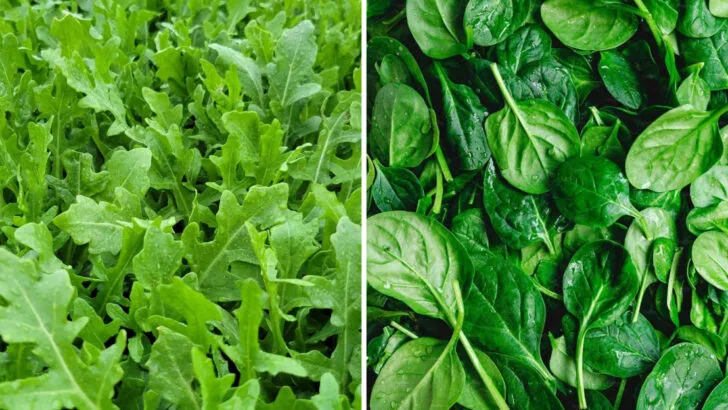There’s something especially satisfying about stepping outside on a hot day and picking your own salad greens, still crisp from the morning dew. But not all greens are built for the summer sun, some bolt at the first sign of heat, while others keep producing even when the temperature climbs. Knowing which is which can mean the difference between a thriving patch and a shriveled mess.
If you’ve ever watched your lettuce turn bitter overnight or your spinach shoot up a flower stalk, you’re not alone. The trick is planting varieties that actually enjoy the warmth. Here’s a look at eight heat-tolerant salad greens that can take the heat and five that would rather sit summer out.
Arugula
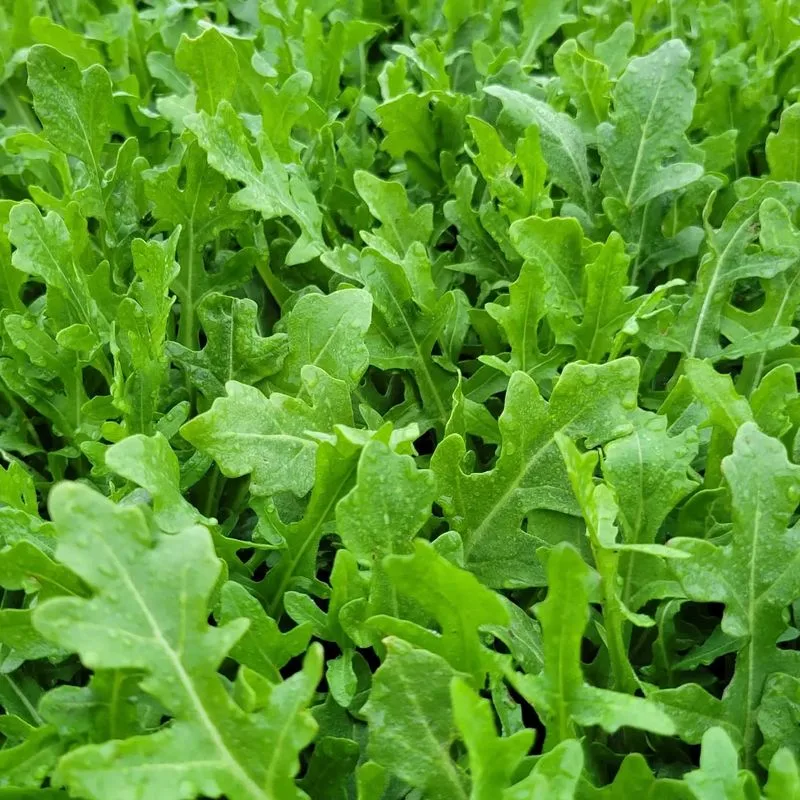
Arugula, often called rocket, is a favorite among salad enthusiasts for its distinctive peppery flavor. Thriving in warm conditions, this green adds a kick to any summer salad. Its rapid growth makes it a garden staple during the sunny months. Despite its delicate appearance, arugula is surprisingly robust, growing with vigor when temperatures rise.
This green’s versatility extends beyond salads, making it a favorite for pizza toppings and pasta dishes. Originating from the Mediterranean, arugula has a rich history in cuisines worldwide, celebrated for its unique taste and health benefits.
Considered an aphrodisiac in ancient Rome, it’s a spicy addition to any meal.
Spinach
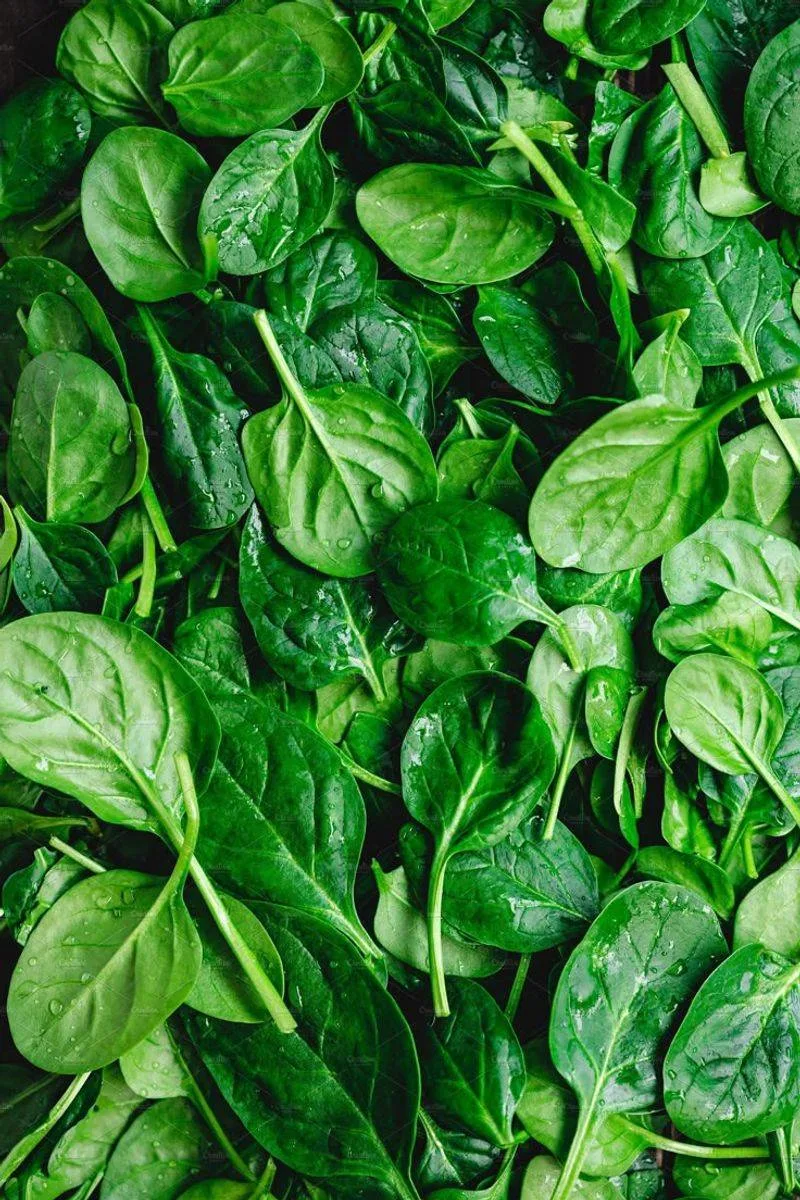
Spinach, with its lush, dark green leaves, is a powerhouse of nutrients. While typically a cool-weather crop, certain varieties thrive in summer’s warmth. Known for its versatility, spinach can be enjoyed raw in salads or cooked in various dishes. Its mild flavor pairs well with a range of ingredients, enhancing both texture and taste.
In summer, heat-tolerant varieties like New Zealand and Malabar spinach thrive, offering a continuous harvest. This green’s adaptability makes it a garden favorite, providing bountiful leaves throughout the hotter months.
Did you know? Spinach was first cultivated over 2,000 years ago in ancient Persia.
Kale
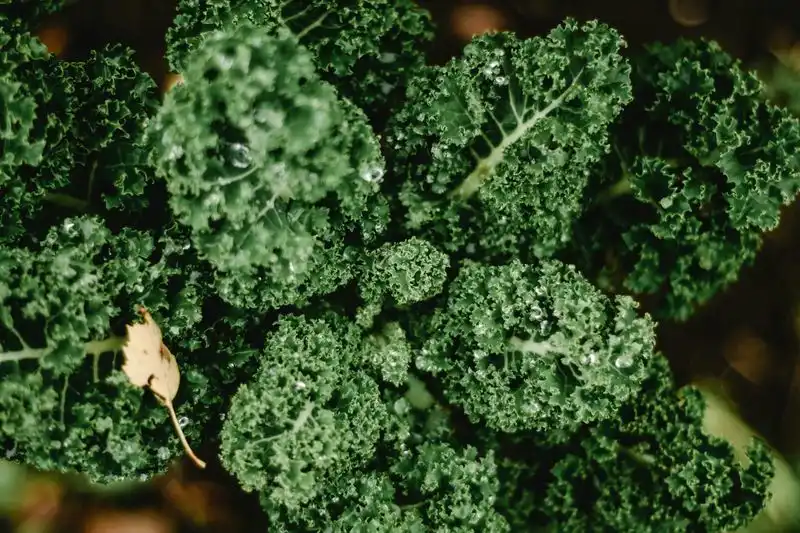
Kale is a nutrient-dense green, celebrated for its hearty leaves and robust flavor. Summer brings out the best in kale, as it thrives in warm conditions, producing lush, curly leaves. This versatile green is perfect for salads, smoothies, and even as a baked chip snack.
Kale’s resilience makes it a favorite among gardeners, continuing to produce even in the heat. It’s known for its high vitamin content, particularly vitamin K, which supports bone health.
Kale was a staple in ancient Roman diets, and its popularity endures today, celebrated for both its health benefits and culinary versatility.
Swiss Chard
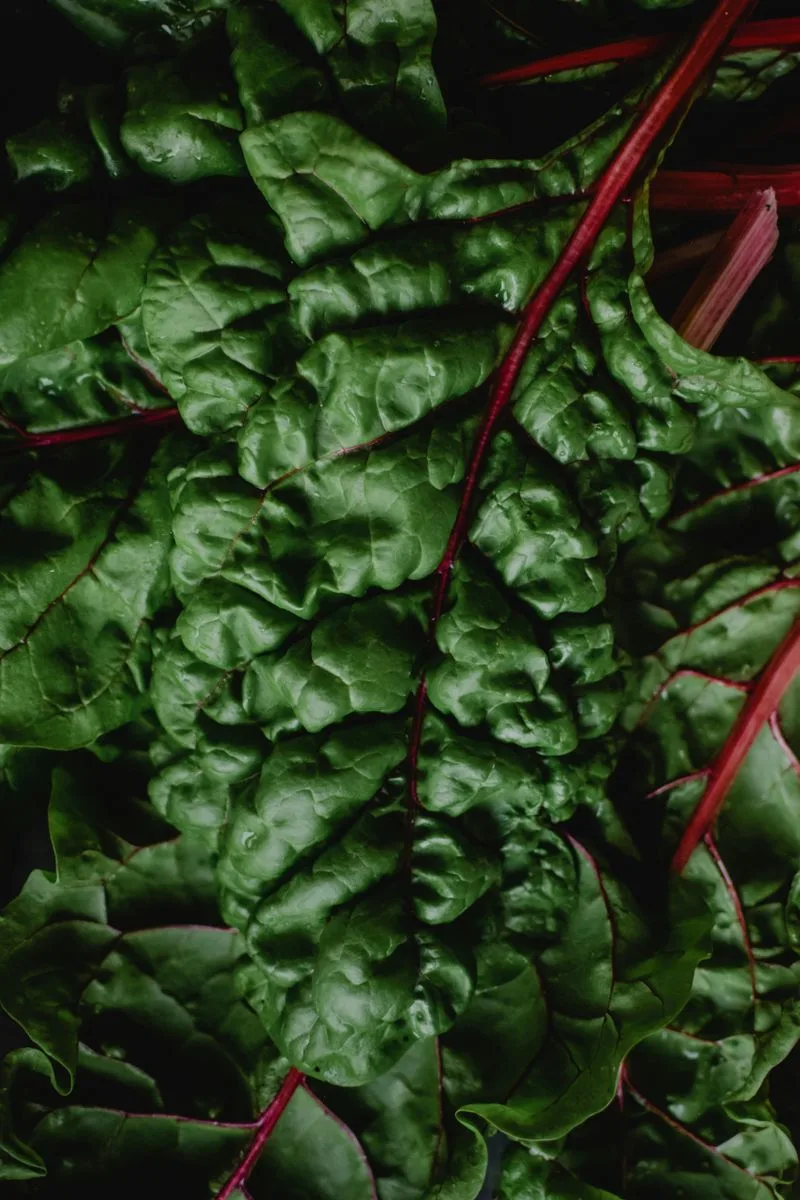
Swiss Chard, with its vivid stalks in colors ranging from ruby red to sunshine yellow, is a sight to behold in any garden. This vibrant green thrives in summer, adding both color and nutrition to your salad bowl. Its slightly bitter taste mellows when cooked, making it a versatile kitchen staple.
Growing robustly in warm weather, Swiss Chard offers a continuous harvest, which is why gardeners love it. It’s rich in vitamins A, C, and K, supporting overall health and well-being.
Historically, Swiss Chard has been cultivated since the ancient times, valued for its beauty and nutrition.
Romaine Lettuce
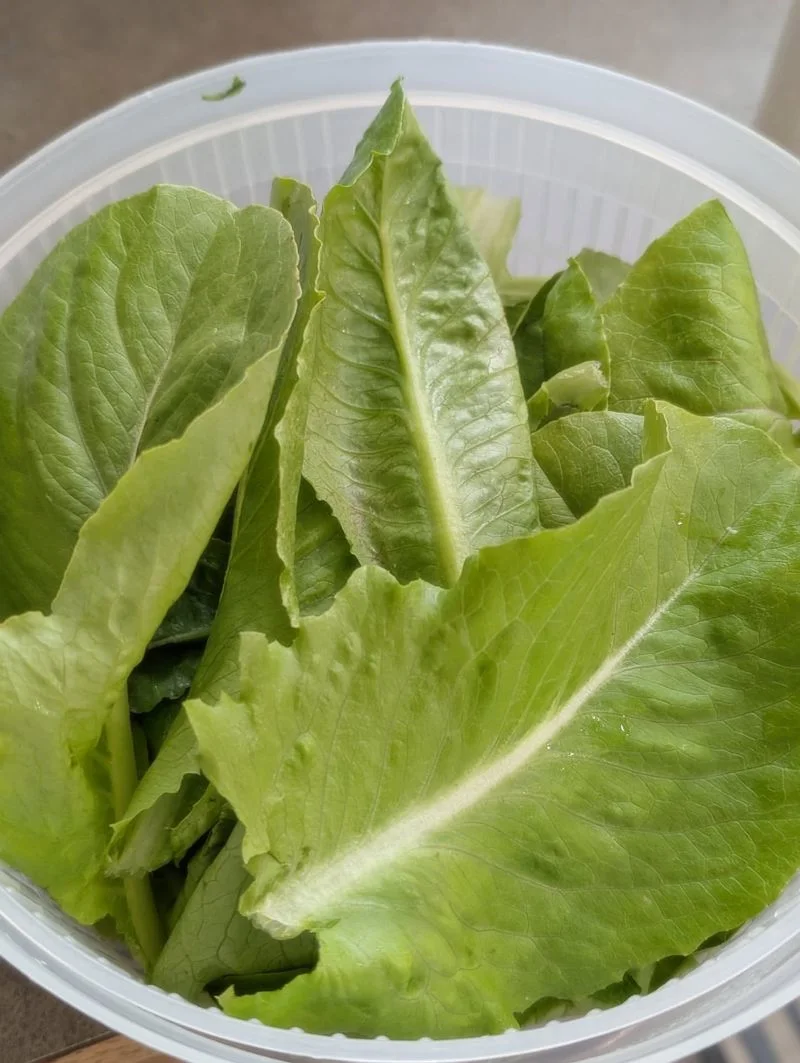
Romaine lettuce, known for its crisp texture and mild flavor, is a summer salad staple. This tall, leafy green thrives in the heat, maintaining its crunchiness despite rising temperatures. Romaine is perfect for Caesar salads, offering a refreshing bite that complements creamy dressings.
Its resilience in warm climates makes it a reliable choice for gardeners, providing continuous harvests through summer. Rich in vitamins A and K, Romaine is both healthy and delicious.
Fun fact: Romaine was served at the Caesar’s table in ancient Rome, making it a timeless favorite in the world of greens.
Endive
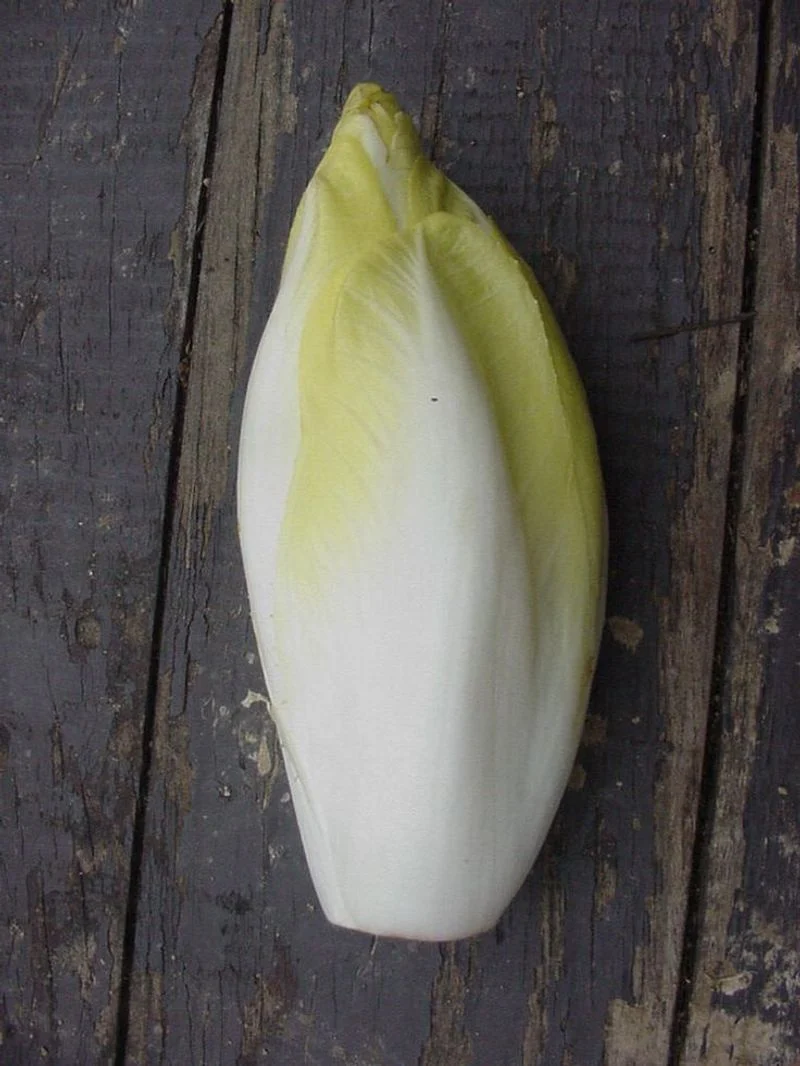
Endive, with its curly leaves and slightly bitter taste, adds a sophisticated touch to summer salads. Known for its unique texture, endive thrives in warm conditions, producing abundant heads throughout the season. Its crisp leaves provide a delightful contrast to sweeter salad ingredients.
Gardeners appreciate endive for its heat tolerance and continuous yield, ensuring a fresh supply for summer meals. This green is rich in fiber and vitamin K, supporting digestive health and bone strength.
Endive’s origins trace back to the Mediterranean, where it was prized for both its flavor and health benefits.
Radicchio
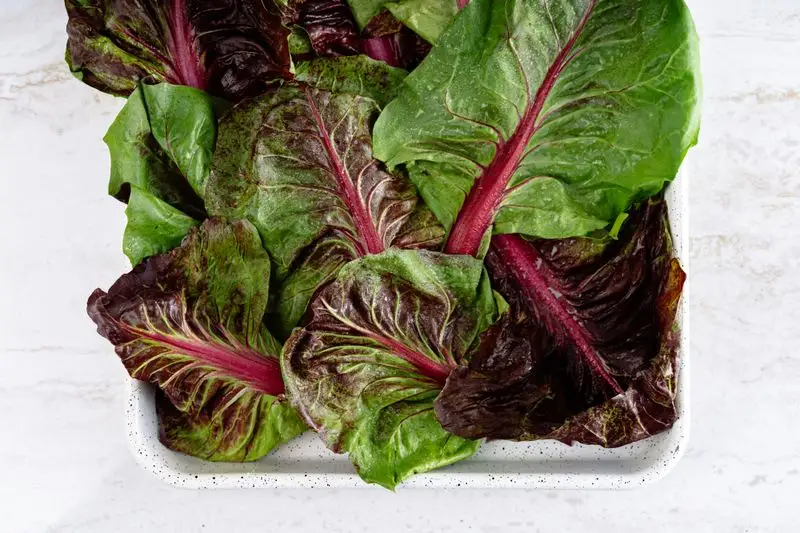
Radicchio, with its striking red leaves, is a standout in any summer salad. Known for its bold, slightly bitter flavor, it thrives in warm climates, offering a visual and flavorful punch. Its crunchy texture pairs well with both sweet and savory ingredients.
Gardeners favor radicchio for its resilience and unique color, providing a dramatic touch to garden beds. Rich in antioxidants and vitamin K, it supports overall health while adding a gourmet touch to dishes.
Historically, radicchio has been enjoyed in Italian cuisine for centuries, celebrated for its distinct taste and vibrant appearance.
Basil
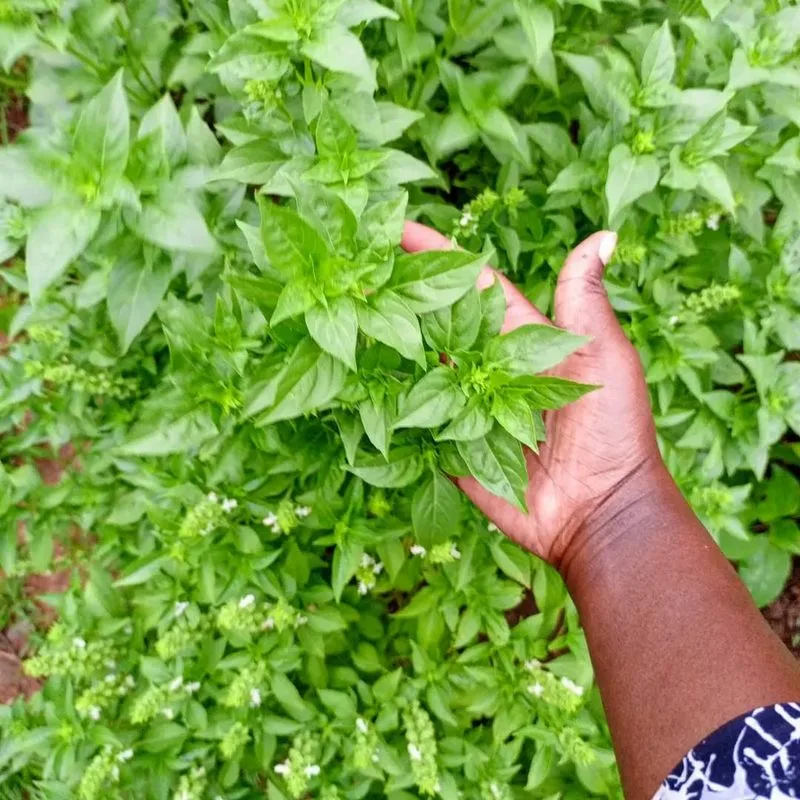
Basil, with its aromatic leaves, is a favorite herb for summer gardens. Thriving in warm weather, it adds flavor and fragrance to salads and dishes alike. Known for its sweet and peppery taste, basil elevates any salad with its distinct flavor.
In summer, basil grows vigorously, offering an abundant harvest throughout the season. It’s rich in antioxidants and has anti-inflammatory properties, making it both a flavorful and healthful addition to meals.
Basil has a storied history, revered in various cultures for its culinary and medicinal uses. It’s a symbol of love and prosperity.
Lettuce
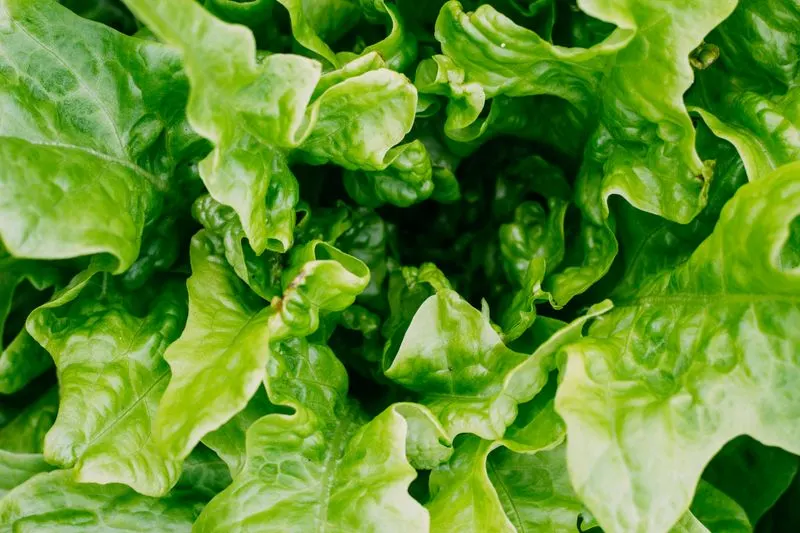
Lettuce, a quintessential salad green, faces challenges in summer heat. Most varieties prefer cooler temperatures, wilting under the scorching sun. However, some heat-resistant types can thrive, offering fresh greens even during warmer months.
Gardeners often choose summer-specific varieties to ensure a steady supply of crisp leaves. Though more difficult to grow in heat, with careful planning and the right variety, lettuce can still be part of summer gardens.
Historically, lettuce has been cultivated since ancient Egyptian times, valued for its refreshing taste and versatility in dishes.
Cilantro
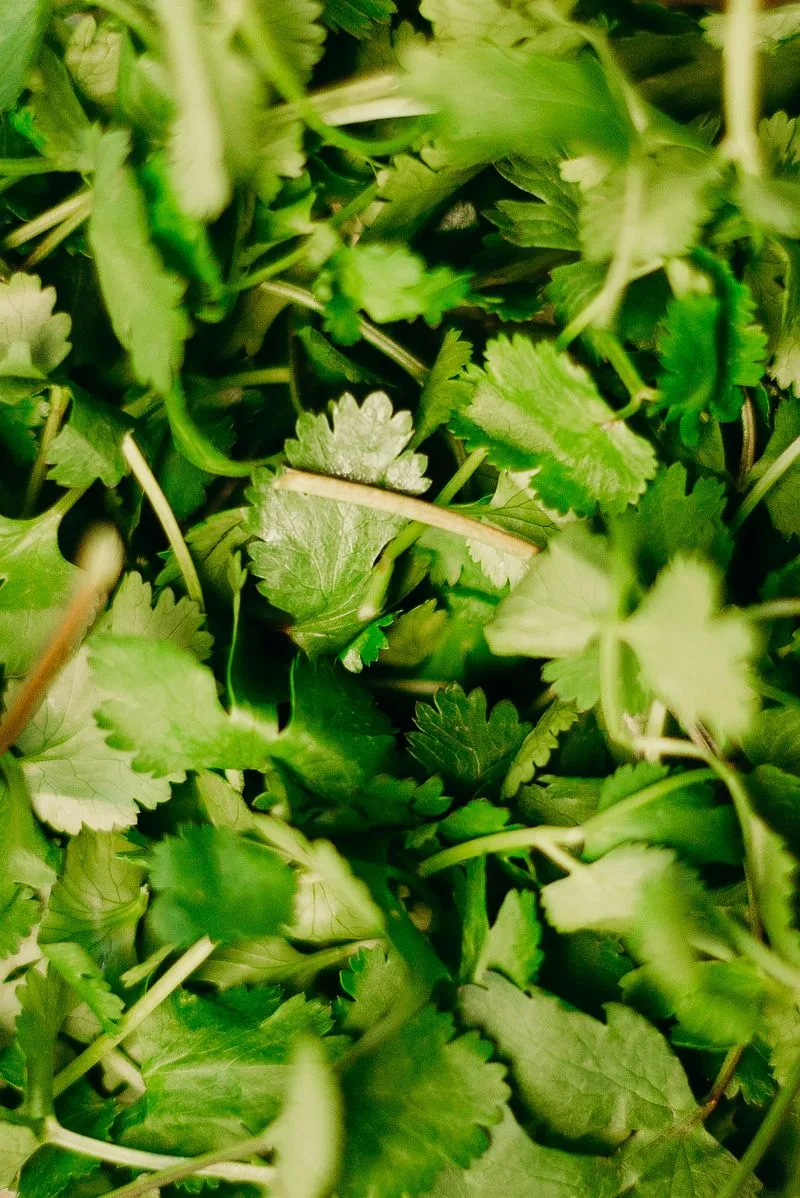
Cilantro, beloved for its distinct aroma and flavor, struggles in summer heat. While its leaves bring fresh, citrusy notes to salads, cilantro tends to bolt quickly in high temperatures, focusing energy on flowering rather than leaf production.
Gardeners seeking to grow cilantro in summer must plant in cooler microclimates or provide shade. Despite its heat intolerance, cilantro remains a popular choice for its culinary uses, often featured in diverse cuisines.
Fun fact: Cilantro’s seeds, known as coriander, have been used since ancient times both as a spice and in herbal remedies.
Parsley
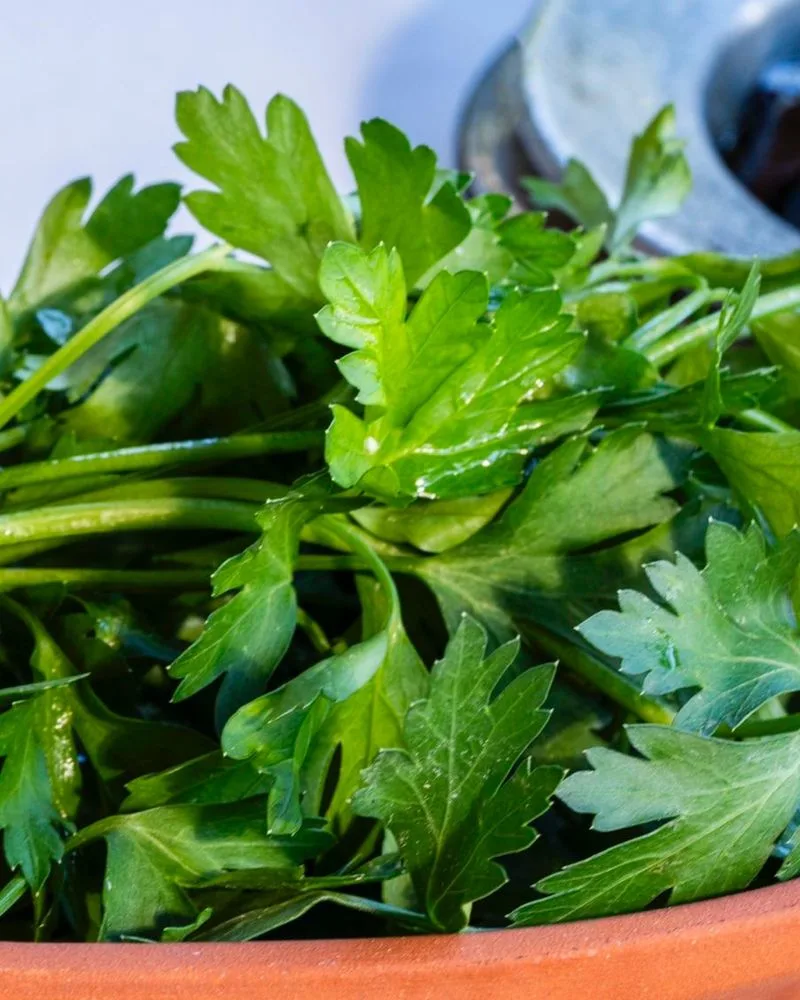
Parsley, with its vibrant green leaves, is a kitchen staple, yet it prefers cooler temperatures. In summer, parsley often struggles, wilting under intense heat. Gardeners can still enjoy fresh parsley by planting in shaded areas or harvesting early.
Despite these challenges, parsley’s bright herbaceous flavor enhances salads and dishes, making it worth the extra care. Rich in vitamins C and K, it’s a nutritious addition to meals.
Historically, parsley has been cultivated for over 2,000 years, revered in ancient Greece as a symbol of victory and used in various culinary traditions.
Watercress
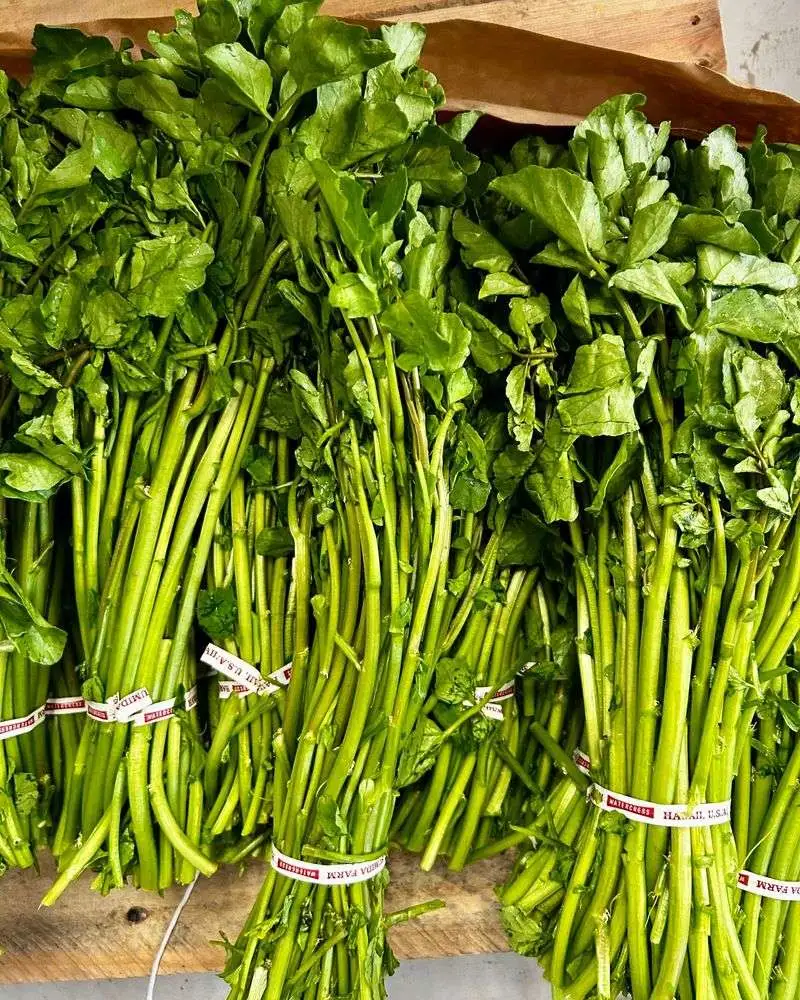
Watercress, with its peppery taste, thrives in moist, cooler environments, finding summer heat challenging. This aquatic plant requires constant water and shade to flourish. Despite heat limitations, watercress is celebrated for its unique flavor and nutritional benefits, adding zest to salads.
Gardeners may find growing watercress in summer tricky but rewarding when successful. Rich in vitamins A and C, it supports overall health while offering a distinct taste.
Watercress has a rich history, once a staple in the diet of Roman soldiers, valued for its health benefits and rejuvenating properties.
Sorrel
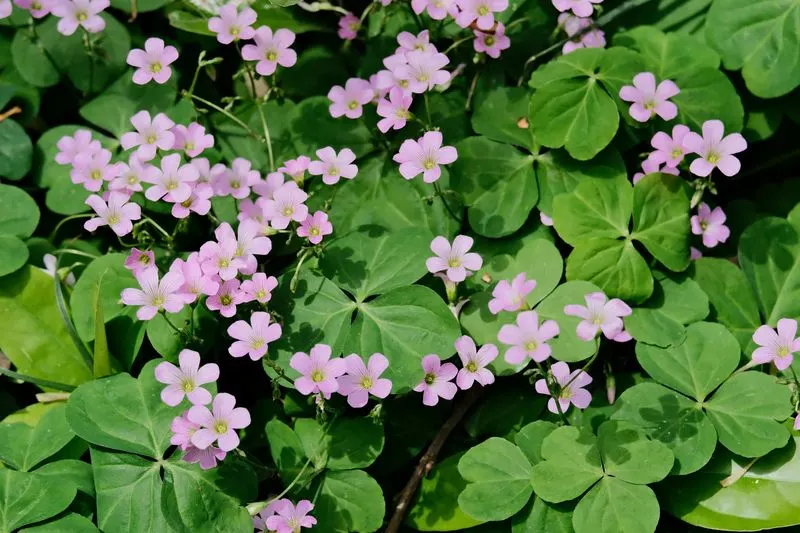
Sorrel, with its tangy and slightly lemony flavor, prefers the cooler temperatures of spring and fall. In the heat of summer, it tends to bolt, producing flowers rather than its signature leaves. Despite this, sorrel is a beloved green for its unique taste.
Gardeners can enjoy sorrel’s fresh flavor by planting in shaded areas or harvesting before peak summer heat. It’s rich in antioxidants and vitamin C, making it a nutritious choice for salads.
Did you know? Sorrel has been used in European cuisine for centuries, often featured in soups and sauces for its bright taste.

